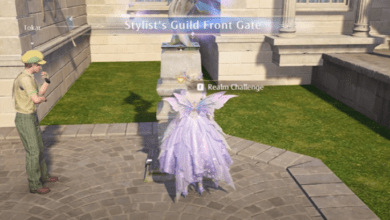Top Arthouse Style Disney Movies: A Cinematic Exploration
Disney has long been known for its magical tales, captivating animation, and stories that tug at the heartstrings of audiences young and old. But within its vast collection of films, a few stand out as truly unique films that stray from the conventional path and venture into what some might call “arthouse” territory. These movies break away from the usual narrative clarity, embrace ambiguity, and challenge the viewer to interpret their meanings. They often feel “different” from typical Disney fare, offering a blend of surrealism, abstraction, and experimental storytelling. Let’s dive into these distinct cinematic gems, analysing the Disney films that exhibit the qualities of arthouse cinema.
What Defines an Arthouse Film?
Before we dig into the Disney films that fit this mould, let’s clarify what an arthouse film is. Traditionally, arthouse films are more avant-garde and experimental, focusing on aesthetics and thematic depth rather than mainstream appeal. They tend to have:
- Less narrative clarity: The storyline may be nonlinear or vague, leaving viewers to piece together meaning.
- Ambiguity: There’s often room for multiple interpretations, with less emphasis on providing closure.
- Abstract elements: These films may embrace visual and thematic abstraction, often making them feel “different” or unconventional.
Disney, a studio often known for its narrative-driven and family friendly films, occasionally steps outside this mould to create something that fits the arthouse criteria. Now, let’s look at the Disney films that exemplify these traits.
1. Fantasia (1940)
When discussing Disney’s most arthouse-sequel films, Fantasia is usually the first to come to mind. A ground breaking experiment in animation, Fantasia blends classical music with stunningly abstract visuals. Each segment in the film tells a different story some more narrative-driven, others completely abstract, such as “The Rite of Spring” or “Night on Bald Mountain.” The absence of dialogue in most segments further amplifies the interpretive freedom, inviting the audience to immerse themselves in a purely visual and auditory experience.
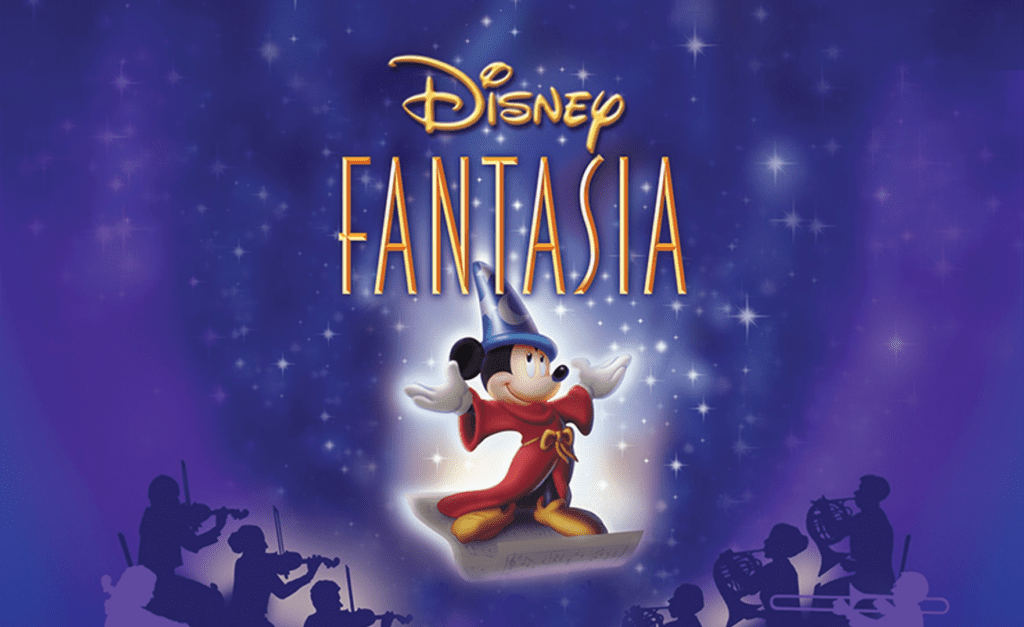
The ambition behind Fantasia was to elevate animation as a serious art form, and it does so with its daring use of colour, sound, and surreal imagery. If ever there were a Disney film that embraced the ambiguity and aesthetic focus of arthouse cinema, it’s Fantasia.
2. Destino (2003)
A lesser-known but equally compelling contender in the Disney catalogue is Destino, a short film born from a collaboration between Walt Disney and surrealist artist Salvador Dalí. Destino is a visual spectacle, drenched in Dalí’s signature style bizarre, dreamlike, and steeped in symbolism.
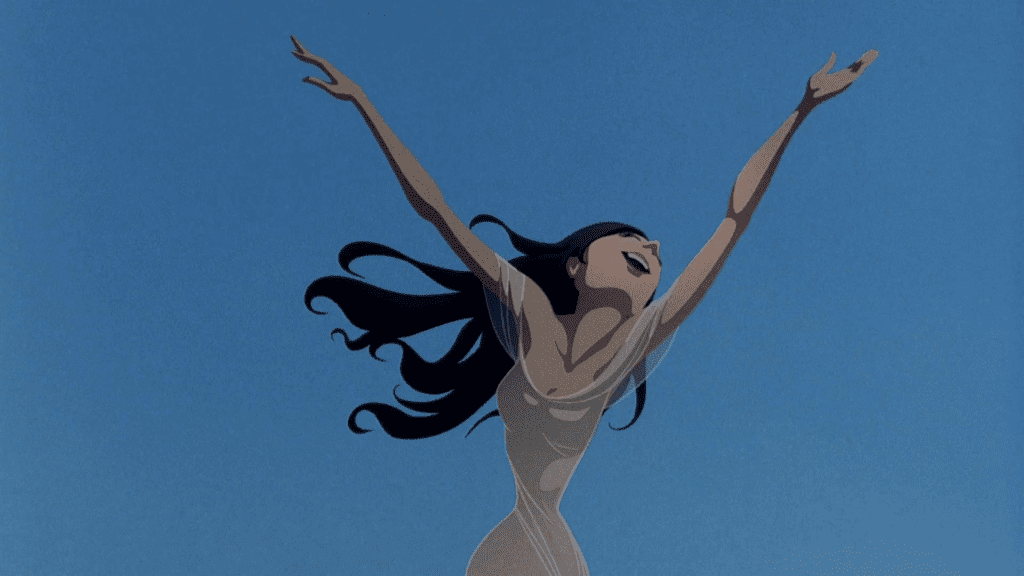
At only seven minutes long, Destino takes viewers through a non-linear, highly interpretive story of love, time, and fate. The fluid, ever-changing landscapes and the bizarre metamorphoses of the characters make it a film that demands multiple viewings to fully grasp. Its abstract nature, combined with surreal imagery, places it firmly within the arthouse realm.
3. The Black Cauldron (1985)
Often overlooked and vastly different from Disney’s typical light hearted animated features, The Black Cauldron stands out as a dark, mature, and somewhat disturbing film. Based on The Chronicles of Prydain series by Lloyd Alexander, the film centres around a mystical cauldron that can raise an army of the undead.

With its eerie tone, shadowy visuals, and lack of traditional musical numbers, The Black Cauldron strayed far from the Disney formula at the time. Its darker narrative and complex themes make it an unusual entry in the Disney canon one that feels more like a grim fairy tale than the light hearted stories Disney is known for.
4. The Hunchback of Notre Dame (1996)
Though it remains a traditional Disney film in many respects, The Hunchback of Notre Dame is often cited for its darker, more mature themes and its use of complex characters. The film is adapted from Victor Hugo’s novel, which deals with heavy issues such as sin, redemption, and societal injustice. The haunting visuals of Notre Dame Cathedral, coupled with the complex moral dilemmas faced by the characters, lend the film a gravitas that sets it apart from other Disney offerings.
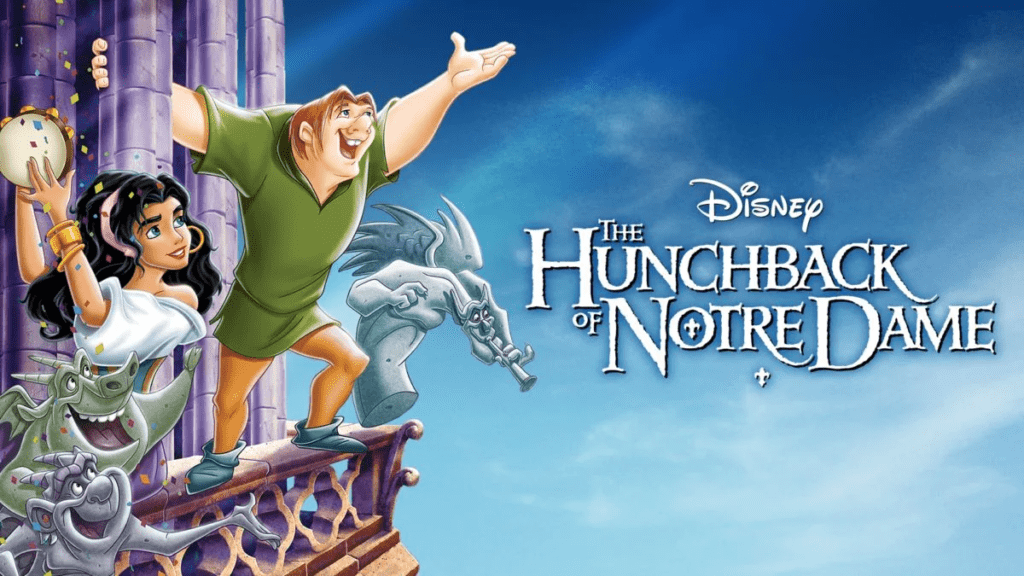
What really pushes The Hunchback of Notre Dame into arthouse territory, however, is its blend of the grotesque and the beautiful, and its willingness to tackle themes far removed from the usual Disney fare. Its musical sequences, while engaging, often feel operatic and tragic, contributing to its overall tone of melancholy and introspection.
5. The Straight Story (1999)
Directed by David Lynch yes, the same David Lynch known for his highly surreal and often disturbing films The Straight Story is one of the most unusual collaborations between Disney and an arthouse director. The film tells the true story of an elderly man, Alvin Straight, who embarks on a cross-country journey on a lawnmower to reconcile with his ailing brother.
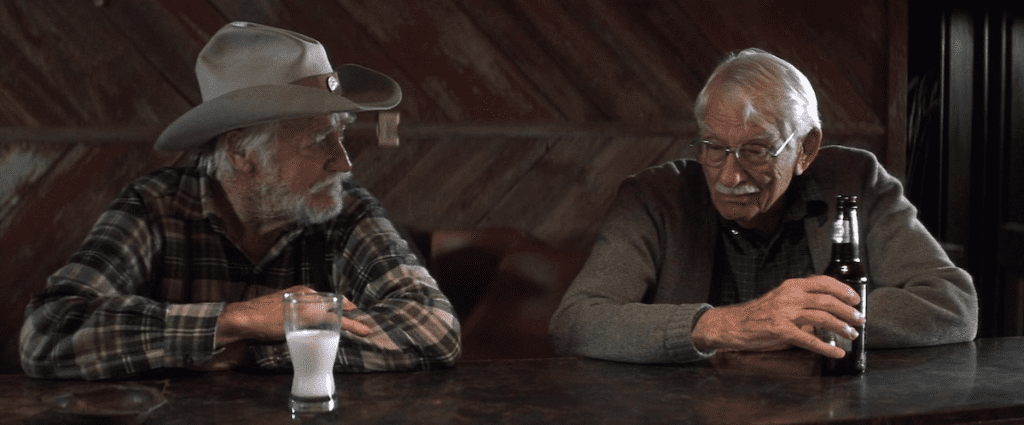
While the plot may sound straightforward, Lynch’s direction imbues the film with a quiet, contemplative atmosphere that feels more meditative than narrative-driven. The slow pacing and emphasis on character introspection make The Straight Story a reflective, almost minimalist piece qualities often found in arthouse cinema.
6. Alice in Wonderland (1951)
Lewis Carroll’s original story is a bizarre, surreal tale, and Disney’s Alice in Wonderland does it justice with its strange, whimsical, and often dreamlike quality. The film takes viewers down a rabbit hole literally into a world where logic is turned upside down, and nothing makes sense. From talking flowers to a disappearing Cheshire Cat, Alice in Wonderland is a parade of the surreal, much like an animated Salvador Dalí painting.
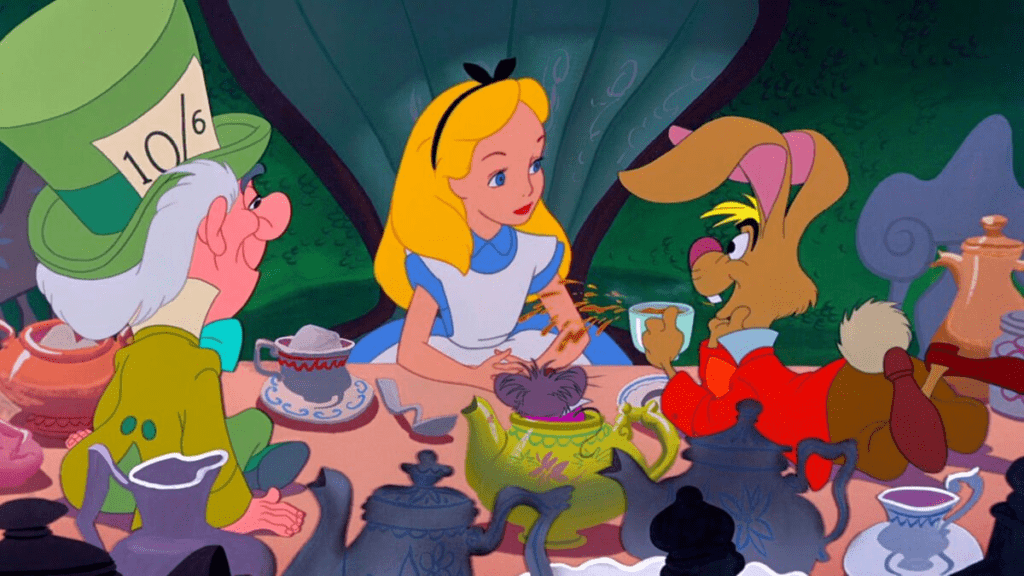
What makes Alice in Wonderland lean towards arthouse is its embrace of absurdity and illogic. The film doesn’t concern itself with narrative structure or traditional storytelling; instead, it thrives on its ability to surprise and confuse. Each scene feels more bizarre than the last, making it a film that defies expectations and conventions.
7. The Watcher in the Woods (1980)
One of Disney’s rare forays into the horror genre, The Watcher in the Woods is a spooky, atmospheric film that feels worlds apart from the studio’s typical offerings. With a plot that revolves around supernatural occurrences in an eerie old mansion, the film has a haunting, almost gothic feel.
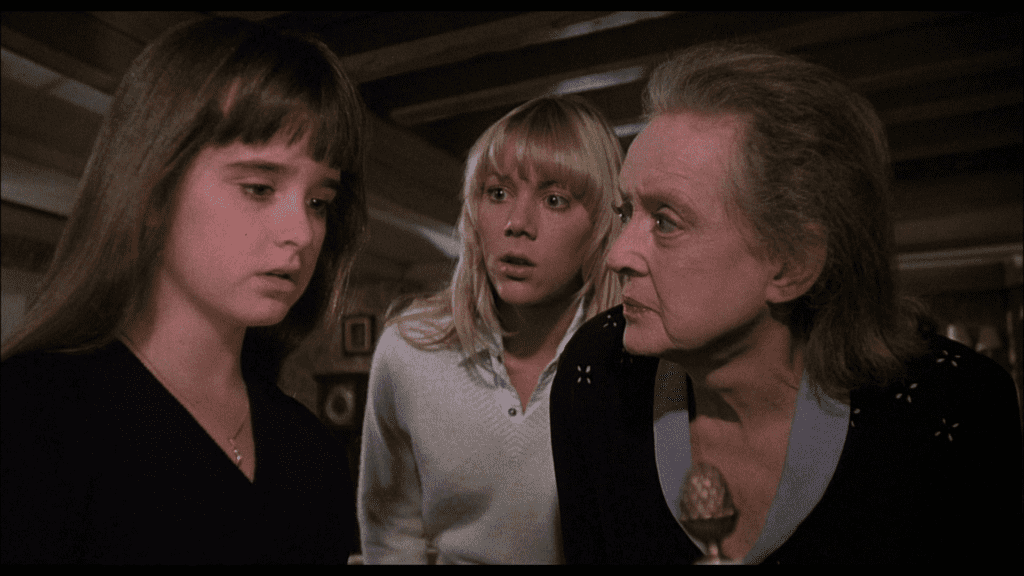
What sets The Watcher in the Woods apart from standard Disney fare is its tone this is a dark, suspenseful film that plays more like a psychological thriller than a family movie. Its ambiguous ending, coupled with the unnerving atmosphere, makes it a uniquely unsettling experience. It’s a rare case where Disney embraces mystery and fear, pushing the boundaries of what is expected from the studio.
8. Pinocchio (1940)
Though Pinocchio is one of Disney’s early animated classics, it has moments of unsettling surrealism that have caused many to label it as an early arthouse contender. The infamous transformation of boys into donkeys on Pleasure Island, for example, has a nightmarish quality that haunts the film. The blend of fantasy, moral undertones, and disturbing imagery creates a narrative that feels richer and more layered than most animated films of its time.
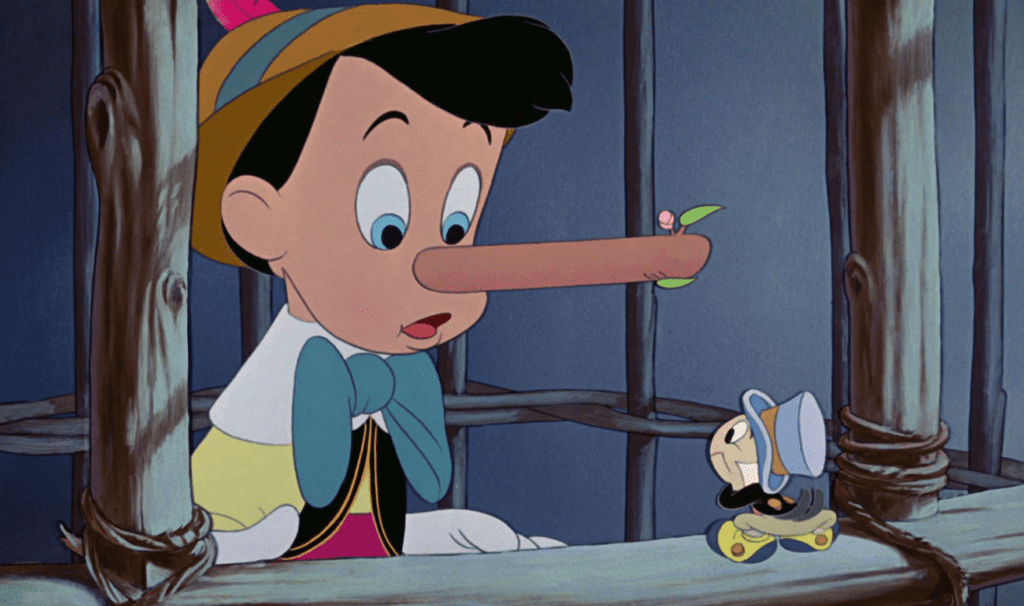
Disney has ventured into the arthouse realm more often than one might think. From the experimental beauty of Fantasia to the dark and eerie The Black Cauldron, the studio has explored various genres and pushed the boundaries of animation and storytelling. These films offer something deeper an experience that challenges the viewer, evokes complex emotions, and often leaves more questions than answers.
For fans of arthouse cinema, these Disney films offer a surprising twist on the studio’s usual fare. They show that Disney isn’t just about happy endings and fairy tales but can also create works of art that challenge, provoke, and inspire.





